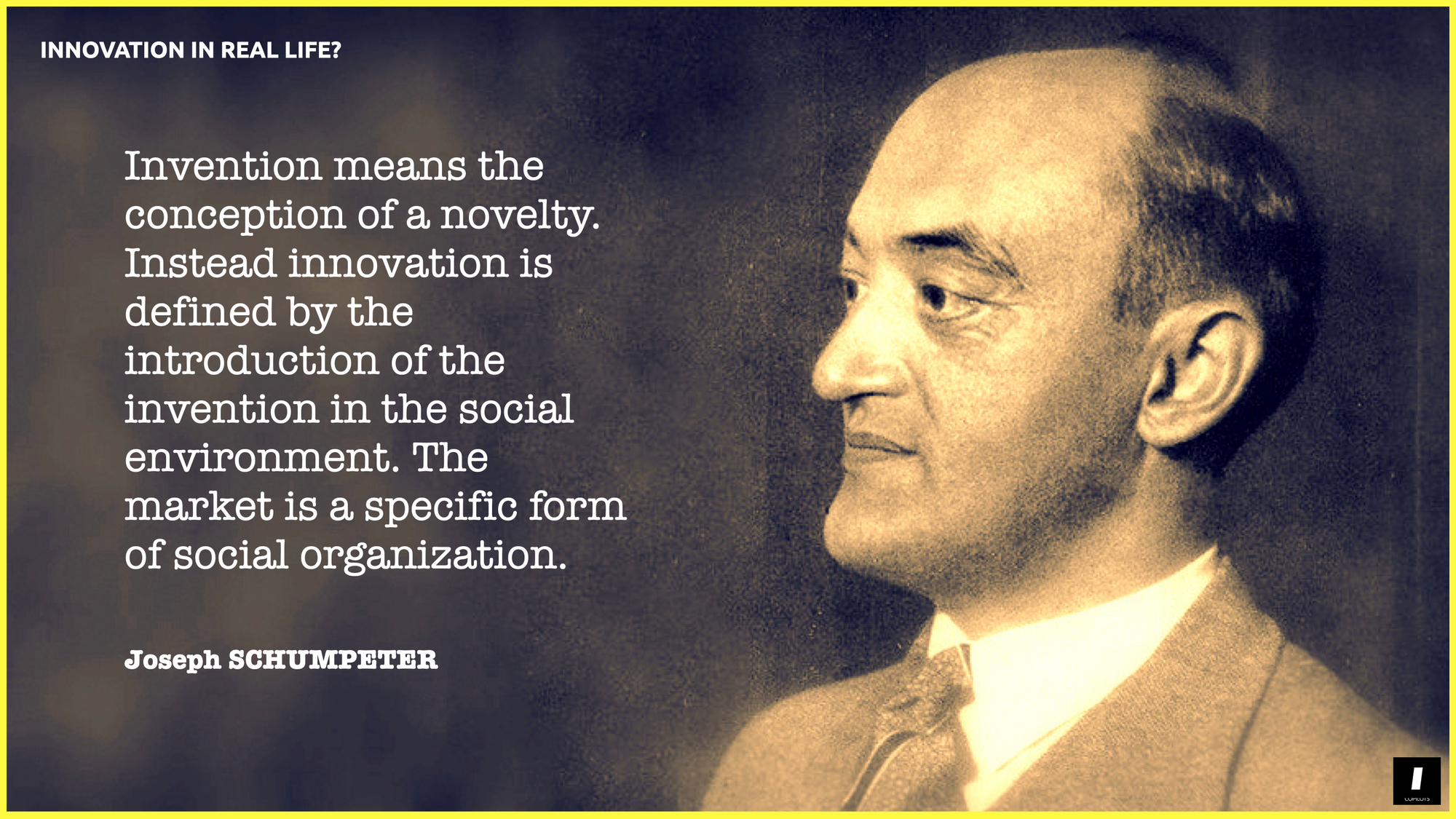☕️ Should we stop talking about innovation?


Back from a few days off. With a lot of work ahead of us this summer, we’re managing vacations as a stop-and-go process. It’s quite nice, to be honest, and also sparks reflections in a very different way than what you’d get after a looong summer break. And as we were back in the South of France very briefly – where we started the agency nearly fifteen years ago (damn) – I wondered if we shouldn’t just drop the term innovation from Innovation Copilots.
Let me explain.
If anything, I’ve been moaning and groaning about the lack of clarity of the ‘i’ word. We all have strong feelings about what innovation means to us. We even think we all precisely understand what it means. Until we have to get down to it and measure it, that is.
To be clear, 90% of the time, it’s part of my job to define what it means for our customers in their market context. It’s always an illuminating and foundational step. Not to mention that the very term innovation is central to our identity; this is the process we copilot with you, aren’t we?
And for many years, my get-go definition of innovation has been simple and rock-solid: it’s the change you bring to the market. No change? No innovation!

This is all fine really… but.
But, we are still navigating so much confusion that I start wondering if we shouldn’t step back a little.
There is little consensus on how innovation measurement should be carried out (Jensen and Webster, 2009). This lack of consensus is caused by the different definitions of innovation used. Each of these definitions signify a different aspect of innovation, e.g. perspectives, levels and types (Mathiassen and Pourkomeylian, 2003). This in turn determines what is considered as elements of innovation and how these are measured. – Towards innovation measurement in the software industry (Edisona, Nauman, and Torkar, 2013).
If we just remove the ‘i’ word, the simplest way to describe what we are doing is that Stéphanie and I help businesses create and sustain value-based strategies in turbulent times. We get them through the confusion of what they deliver to the market (not products, but value), refocus their strategy, and create new ones when/if need be.
The ongoing confusion doesn’t stem so much from a lack of corporate skills or intelligence but from a lag that is always difficult to resorb between past successes and current times, which is, yes, the (in)famous innovator’s dilemma.
In the end, we do work for many companies that are not labeled as innovative. Stéphanie is currently quite involved with the ECB – you don’t want them to be innovative but to manage the global turbulences. And I’m pretty excited to start working with a high-end travel resort group next week. What to make of it?
This ‘innovation’ semantic field ends up being so loaded with BS and ineffective trends that it sometimes gets tiring. And yes, I also write this in the context of the Vivatech conference in Paris, which is the embodiment of so many things that are wrong about all this – rest assured, it could be worse; it’s not the CES yet.
Sorry if this seems like inside baseball. I’m just probing this idea of stepping away from the semantic innovation field and asking myself if that would be an upside or allow us to connect with potential customers even more clearly.
I would love to exchange on this further, obviously. DM me on Twitter or Linkedin if you have strong feelings one way or the other 👻
